What is the difference between Amazon Seller Central and Vendor Central?
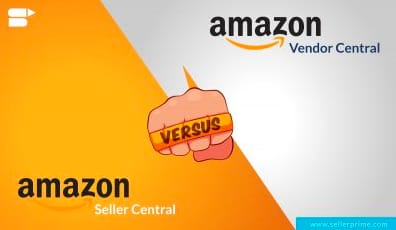
Amazon tops the list of the major e-commerce websites – Widest customer and global reach and even handles the shipping for you, There are two ways you can sell on Amazon Seller Central and Amazon Vendor Central. This article compares Amazon Seller Central vs Amazon Vendor Central to understanding the major factors that each system is based on and the differences between each to choose the best fit for your product and brand.
Amazon has many user-friendly features not just for its buyers but for also those who intend to sell their products on the website and make some money.
The decision to approach Amazon is a significant task as it is the most important and biggest online market for traders and buyers. Amazon is so huge that according to some experts it will soon overcome Google.com.
Buyers today prefer visiting Amazon directly when they are seeking to buy any products. Although however great a product might be, marketing strategies and a high launch plan are extremely important.
They work in favor of your product as better plans mean that more and more consumers would be interested to know about your product. With the right strategy, you can sell a cooler to an Eskimo and Amazon Central gives you that right platform.
For anyone trying to make it big in the world of trading, e-commerce websites have genuinely changed the game. Unlike earlier days when you had to physically go out there and purchase stuff which was limited and with not many options, these websites have got you more range, a competitive pricing and also home delivery options. With EMI and special season sales coming at the festive season, financially too, e-commerce websites come ahead as the most viable option.
Eliminating the middleman benefits both the buyer and the seller. The profit is more when it is divided less. Amazon is soon overcoming the local and on ground markets which are now competing against a global leader.
In this article, we will be specifically talking about the features Amazon.com offers to its sellers, the tradesmen who sell their products on the website. Amazon provides various features to the traders to sell their products based on their level of expansion and establishment.
The most prominent ones are Amazon Seller Central (3P Seller) and Amazon Vendor Central(1P Seller). Both these platforms have unique features which are applicable to the concerned traders who have specific markets in their mind.
What is the difference between Amazon Seller Central vs Vendor Central?
The basic difference between selling your products online rather than the old school methods of physical forms of the market is that the former eliminates the requirement to involve a mediator (middleman) in the profit making process. However, in this process, Amazon which offers a global market for your product does charge certain fees for the reasonable features that it offers you.
The basic difference between Amazon Seller Central and Vendor Central is that the former is for those who seek to start their business and want to handle the complete process themselves.
While in the case of Vendor Central, this platform is for those established brands who want to sell their products in bulk to Amazon which then totally manages the process to sell, ship and decide profit margin. Depending on your requirement and opportunities, you can decide which one you would go with Amazon.
Is there a way I can get benefits for both the platforms?
Of course yes. In addition to Amazon Seller Central and Vendor Central, the website also offers you a third option which is Amazon Vendor Express. This is an on the road between the two possibilities mentioned before and gives you a chance to get the best of both worlds.
More about this is discussed below in the article. But let us now study and understand the minute differences between the primary central platforms.
1P Seller and 3P Seller Pros and Cons of Amazon each Platform – 2021 INFOGRAPHIC

How do I begin on these platforms?
Seller Central is an easier option to set up your business in case you have just started out. Anyone can quickly sign up to set-up in a Seller Central. However, In case of Vendor Central, you need to be invited by Amazon.com to set up under Amazon Vendor Central account.
This invitation is mostly out for those with already established businesses and big brands. However in case, you think that you are ready to dive into the ocean, you can also try to talk to Amazon and get yourself invited, which apparently is determined by your sales and other prominent requirements.
Which one of these would help me to get maximum profit?
In case of Amazon Seller Central, the margins can be huge, as you are directly involved in the sales. Since you are eliminating any interference and taking things into your own control, you can manage the salesperson and so the margin rate is also high.
In case of Vendor Central, the brands sell their products to Amazon in bulk and so the margin is also decided by Amazon, In this case as the workload on you reduces so does the profit margin comparatively.
However since the stress to deal if you are an Amazon individual seller with individual clients and shipping is taken care of by Amazon, Vendor Central is best for bulk traders. In case of Seller Central too, Shipping facilities can be Fulfilled by Amazon (FBA) and, this can be decided when the deal between the two, trader and Amazon, is struck.
Will I get my money immediately?
With respect to brands who are not totally dependent on their sales money to stock the next pile of products in the Amazon godown, smaller traders want their money to come in fast. In case of Seller Central, the money comes in real fast.
It takes a maximum of two weeks and your money from the sale is transferred to you if you have subscribed to Seller Central. However, in case of Vendor Central, the money from the sale is transferred to the trader in about two to three months. So even after the last sale, the money keeps coming in till about the next 60 to 90 days.
Which option do most traders go for?
With respect to popularity, the most commonly used platform is Seller Central. Most sellers use Amazon Seller Central platform as it is easy to set up. Amazon Vendor Central on, on the other hand, premium and comes with certain paid features. The Vendor Central is for brands and established companies while Seller Central is for those looking out for new avenues.
Do I get any exclusive benefits from Amazon Vendor Central?
Amazon Vendor Central is a premium program and comes with features that are exclusive to those are subscribed to it.
The features of Vendor Central include Vine, Subscribe and Save. These make it easier for buyers who want to purchase the products.
Amazon vine program allows you to get reviews from experts who analyze your product which can then be used to pitch the products to the consumers.
How Does Amazon help me sell my products?
It is a give and takes the relationship between Amazon and the sellers. Therefore there are many things that Amazon takes care of for you. Be it Vendor Central or Seller Central.
Amazon Better Advertising:
Concerning exposure and advertising of individual products, Amazon gives priority to those products that are sold through Vendor Central platforms. This is obviously because of the premium membership and the image these big brands carry along with them. however, In case of Seller Central, the task is a bit difficult because Vendor Central products get better advertising, comparatively.
For a Seller Central to succeed on Amazon you need to have a better launch idea and get the best possible reviews from your buyers.
Recommended read: Best Amazon Review Trader Websites
Amazon Product Shipping:
In case of Shipping, in Vendor Central, this is entirely handled by Amazon, while in Seller Central, either the merchant can do it or strike a deal with Amazon and do it through FBA wherein shipping is taken care of by Amazon. FBA is the best option if you want your product to reach out globally.
Amazon Analytics:
Information is key and data is a powerful tool in Seller Central you have access to the Amazon customer data which then can be used to study competitors and enhance your product sales.
Using this data you get to know who is buying which products where. Seller Central also gives you access to reports about payments, tax documents, and recommendations on how you can grow your business on Amazon.
Seller Central also offers you performance check where you can get to know the customer service metrics, customer feedback, guarantee claims, performance notifications and also chargeback claims.
The service tab, on the other hand, provides imaging, cataloging, and information about other sellers which you can use to enhance your product service.
Who sets the price for my Products if I sell them on Amazon?
Well, In case of Seller Central, the pricing is totally controlled by the trader himself, however, Incase of Vendor Central, the pricing is taken care of by Amazon after the mutual deal. This helps the product especially if it is new to the market because newly launched products can be set at a lower price or even during sale seasons Amazon needs control over the sale price to boost sales.
What is my status as a trader if I choose Seller Central or Vendor Central?
In Seller Central, you are directly selling your products to the customers who search into Amazon. This gives you the benefit of all those eyeballs who peek into Amazon to purchase products. In the case of Amazon Vendor Central, the products are purchased in bulk by Amazon and so most things regarding the product are controlled by Amazon.
The benefit of selling through Vendor Central is that your product gets more customer confidence than those that are sold directly by the trader through Seller Central. In Vendor Central, the item is viewed as ‘Sold by Amazon’ however in case of Seller Central, it is viewed as ‘Sold by XYZ, Shipped by Amazon’ that is if you seek to benefit from FBA.
Studies show that products shipped and sold by Amazon.com tend to sell more and the brand image of Amazon helps the product itself.
If I choose any of the platforms, what would be my job?
As you sign up to any of these there, are specific shared responsibilities. As the membership to Vendor Central is paid and exclusive, so Amazon gives a lot many benefits to the users of Amazon Vendor Central.
In the case of Vendor Central, your only job would be to look into purchasing orders, billing and you can also avoid chargebacks. However, In case of Seller Central, you would be responsible for your own products in case they are lost and you would also be responsible for taxation liabilities and sales reconciliation. Also if Amazon does not find you capable enough of maintaining the stocks, then it may block you and charge you for the same.
The rules regarding stocking are quite rigid for Amazon. Although even you do not have a team to take care of this, Seller Central accounts can be handled single-handedly.
What autonomy would I have on any of these platforms?
In Seller Central, the autonomy is quite evident and most of the job is to be done by the trader. This includes pricing, advertising, inventory, and orders, whereas, in the case of Vendor Central, the autonomy is quite in the hands of Amazon which buys in bulk from the trader and relieves the trader of much of the job.
Some of the points to keep under your sleeves are that you can have both, Vendor Central and Amazon Seller Central account intact, and this can be discussed when you go to negotiate with Amazon while signing the deal.
There are many combined benefits of Vendor Express and sellers can wholesale their products to Amazon which is a feature of the Vendor Central but just like Seller Central, you do not have to wait for an invitation. However, before purchasing products in bulk, Amazon will ask you for a pilot run wherein a sample product will be sold through Amazon, and then depending on the following result, the pact is taken forward.
What is Amazon Vendor Express?
The third platform which is not much talked about is the Vendor Express. In this option, the trader gets the same autonomy as the Seller Central and it is a leeway in case you do want to switch over to Vendor Central at some point.
In Vendor Express, the customer services are handled by Amazon which leaves you with more time to promote and improve your product. Also in Vendor Express, you have the option to opt-out of the Amazon warehouse and use FBA wherein the product will be shipped directly to the customer. However, the pricing will be similar to the case as in Vendor Central, where Amazon sets the price.
Are there any unique benefits for Vendor Express traders?
The first thing to keep in mind before you sign up for Vendor Express is that as it is a leeway between Seller Central and Vendor Central, you must have the confidence and a proper backup plan especially financially.
Seller Central is a great way to start and once you feel you have established your product in the market and that it is tough enough to compete with the bigger brands, you can enter into Vendor Express.
Once you are into Amazon Vendor Express, your eventual goal would be to get into Vendor Central and so you do want to maintain cordial relations with your customers as well as Amazon.
Of course Amazon Vendor Express comes with certain benefits. The most important one is that once you sign up for Vendor Express, Amazon provides you with Amazon Prime free two-day shipping and also free shipping on orders above $49, and for books the limit is $25. Another benefit is that just like Amazon Vendor Central, you only have to sell your products to Amazon and the rest will be taken care of.
Amazon will personally look into promoting the product and shipping it to the customer and also returns if any. Customer confidence which comes with Amazon’s name being attached to your product automatically increases its visibility and sales.
Amazon not only helps you sell your products but also grows in business. The formula is simple the more money you make, the more money does Amazon makes.
It also saves you the trouble of building your own website and maintaining it, which can be a tedious and expensive task. Due to its large database and established market, it can also provide you with guaranteed customized tips and suggestions to boost your sales.
It also provides you to keep track of your performance through your performance dashboard, based on which you also get customized reports.
Related Post : How to smartly negotiate the Amazon Vendor Agreement
Amazon as a Brand helps your product
Their customer services provide you with 24/7 access to clear doubts about customers’ behavior or growing your business. Due to the international presence of Amazon, you can take your product made in a small town in Georgia to the local markets of India or even Norway.
Consumer patterns across the world show that excellent products are appreciated and there is always a place for any new product or idea, irrespective of the brand. Amazon’s logistics and warehouses from across the world save you the trouble of building your own infrastructure for the sake of storage or transportation. You can trust their expertise in this for sure and expand your business globally.
What all can I Sell through Fulfillment By Amazon (FBA)?
Almost everything can be sold through FBA. To list a few;
| Numbers | Seller Products Sold Through Amazon FBA |
|---|---|
| 1 | Beauty Products |
| 2 | Electronic Products |
| 3 | Books |
| 4 | Video Games |
| 5 | Personal Computers & Peripherals |
| 6 | Digital Accessories |
| 7 | Baby Products |
| 8 | Jewellery |
| 9 | Home Products |
| 10 | Kitchen Products |
| 11 | Mobile Phones |
| 12 | Toys |
| 13 | new requirements new categories will soon be added. |
Amazon Investment For Sellers
In addition to picking the right Amazon Central platforms, do I need to invest in anything else on Amazon?
As big as Amazon, every trader wants to benefit from it. When you start selling on Amazon, you want to try and get the maximum attention of all those seeking to buy the same product as yours.
There are thousands of other companies, both branded and small-time traders who list their products on Amazon. You obviously want your product to be on page one and your product will rise to the top only if it sells more. The higher it is, the more it will sell.
So when you start selling on Amazon, you can also advertise your products on Amazon. This will boost the visibility of your products. These ads do not just appear when one is searching for that product but also when something relevant is being searched for.
For example, if you are selling earphones, then a person looking for mobile phones will also see an ad of your earphones. This way you get buyers even though they were not looking for you specifically.
In addition to advertising on Amazon.com, these ads also feature on parallel websites and other social media pages. A virtual track of who needs what helps consumerism. For example, if someone searches for winter holidays, winter wear ads would appear automatically on their screen. This could never be possible through an individual business this is where Amazon comes in.
You promote your products and advertise them through Amazon Sponsored Products. Keywords help attract more eyeballs and you only need to pay when the ad is clicked on check out the amazon keyword tool to find better keywords for your Amazon product listing.
All relevant keywords must be added. Eventually, your product will rise to page one. Advertising and marketing are vital factors today. Established brands also rely on ads to boost and promote their products. These ads target the right audience and are mobile friendly and computer friendly too.
Additional Resource:
Amazon Vendor Central Advertising.
Amazon Vendor Central: What’s New


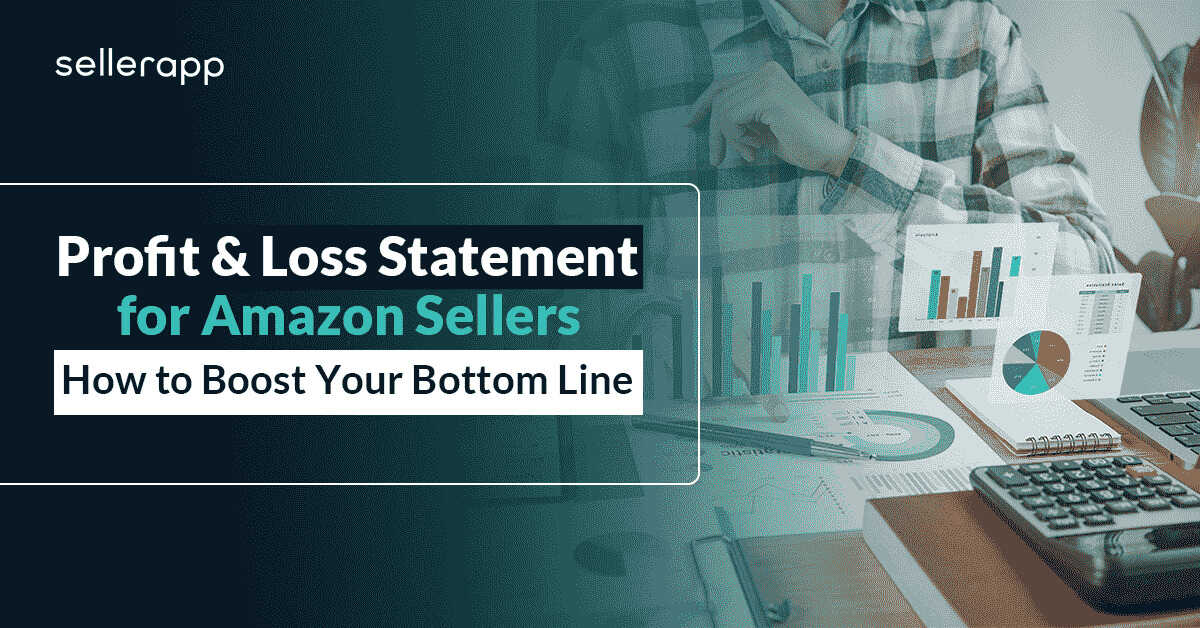


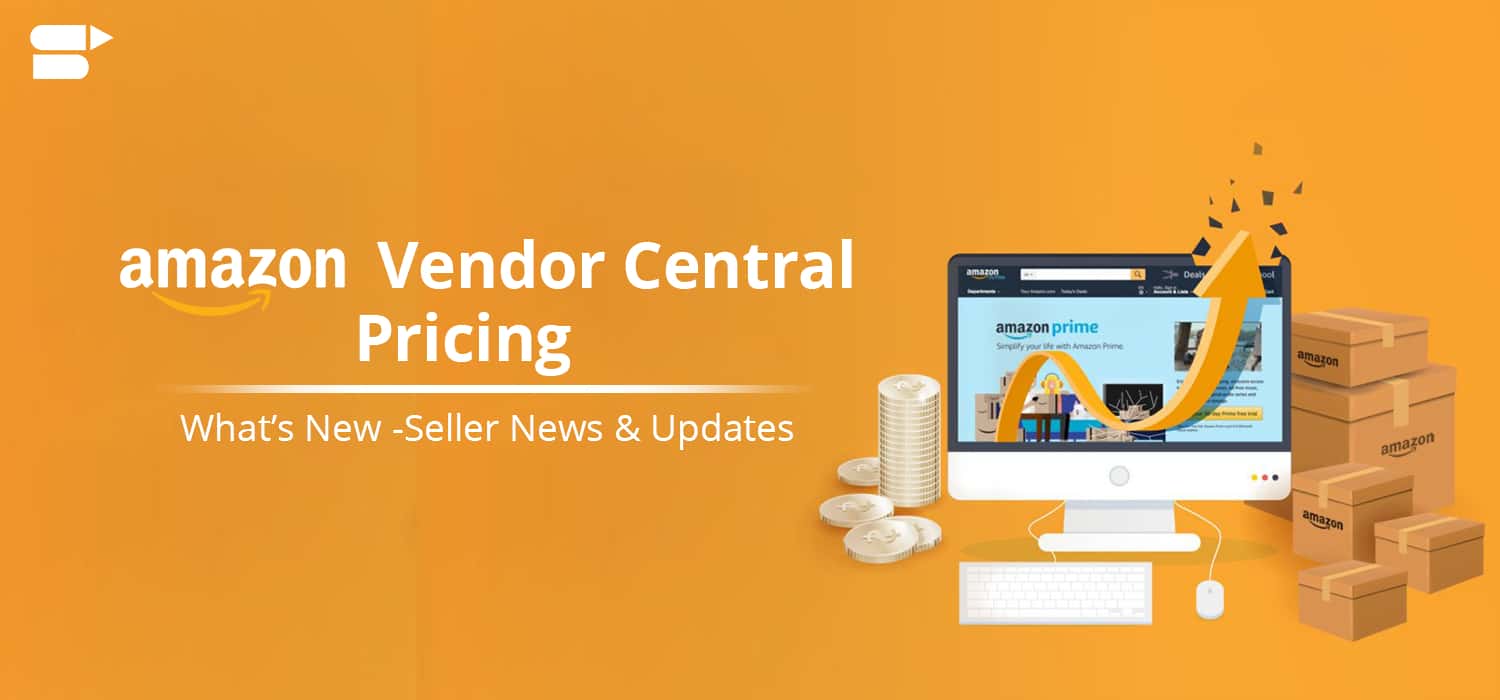

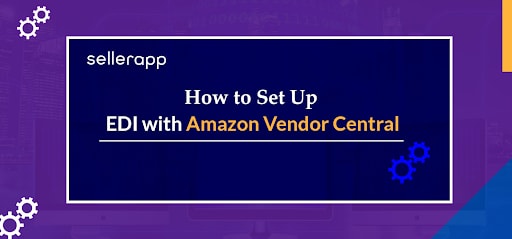

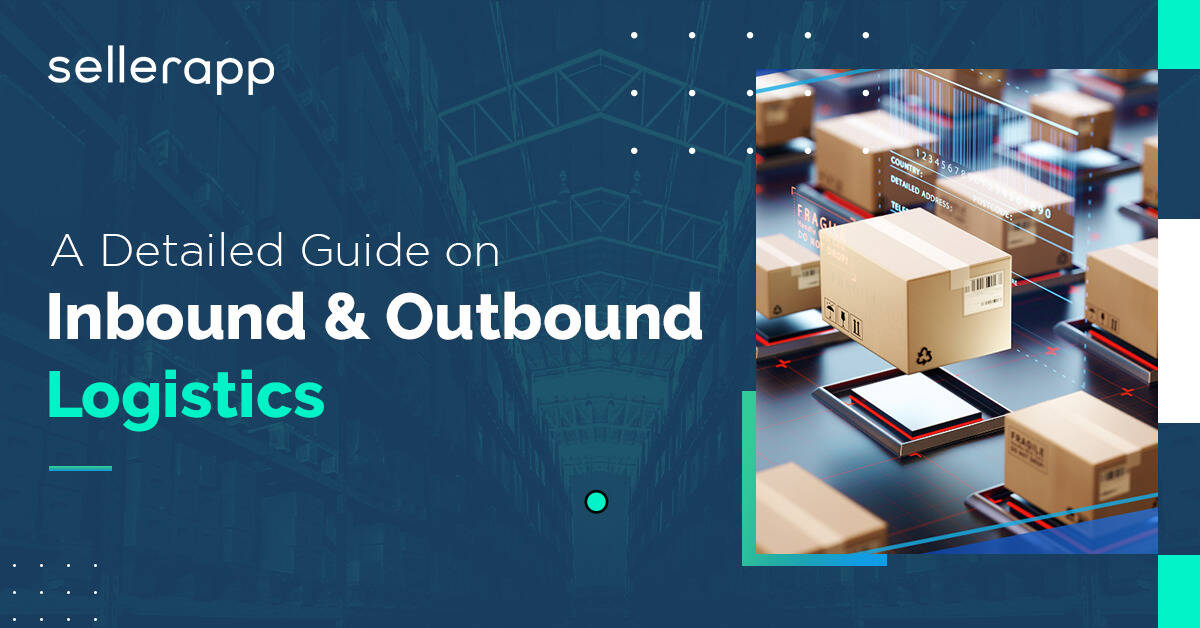
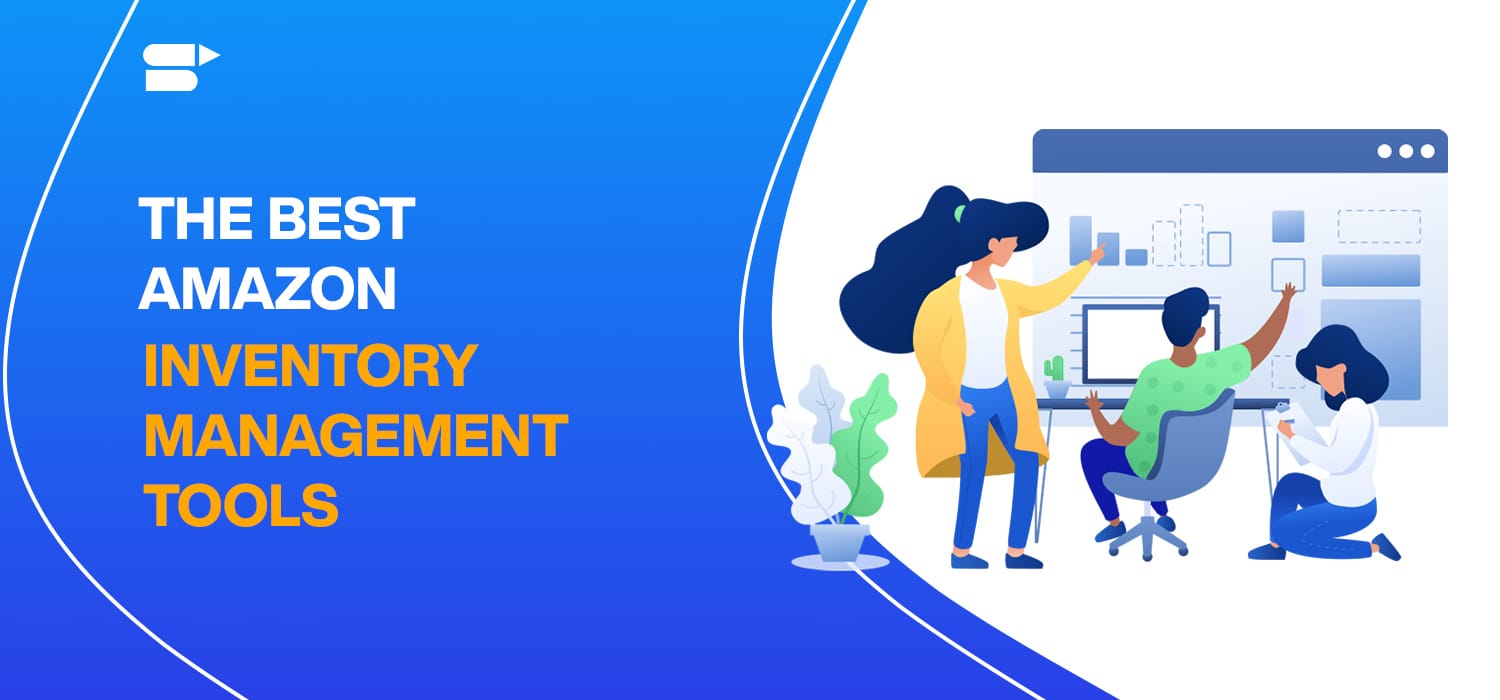
Charles
May 21, 2021Well-written and informative blog.
Thomas
July 6, 2021Thanks for posting this! It is almost exactly what I was looking for. Keep the great content coming!